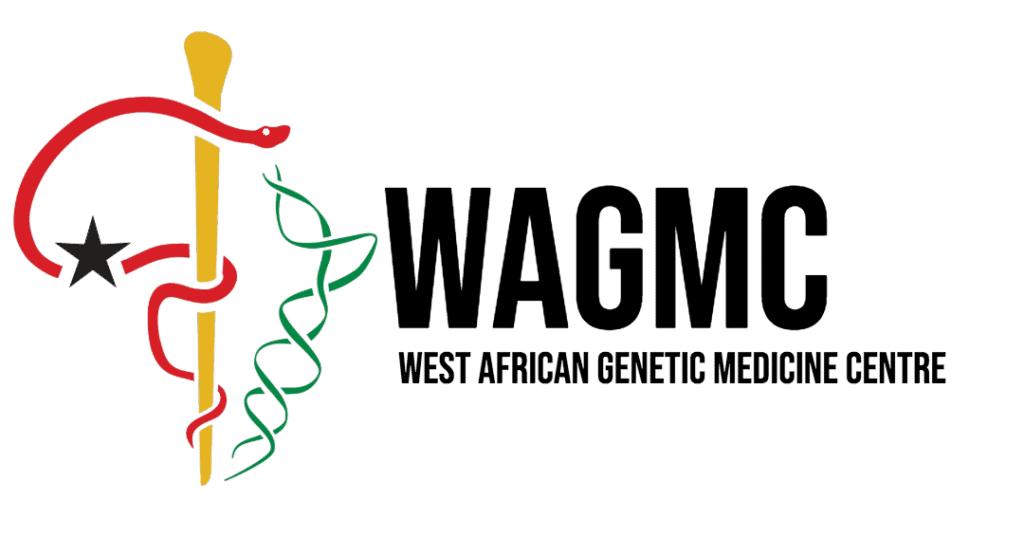Cancer
Haematological malignancies including non-Hodgkin lymphomas (NHL), leukaemia, Hodgkin lymphomas, and multiple myeloma have emerged as a major cause of morbidity and mortality in SSA and account for nearly 10% of the overall cancer burden in the region (47). Malignant lymphomas which comprises NHLs and Hodgkin Lymphomas (HLs) make up an estimated 3–4% of the worldwide distribution of malignancies(48). NHLs make up around 90%, and HLs account for the remaining of all malignant lymphomas. Thus, occurrence of NHLs has increased markedly over the past decades and, with an incidence of approximately 17 in 100,000.
They are the most common haematological malignancies and is currently the fifth most common cancer diagnoses among patients in some developed countries. NHLs consist of many subtypes with diverse epidemiology, aetiology, morphological features, growth pattern, antigenic phenotype and biological behaviour. It is therefore imperative that multidisciplinary approach be used in their diagnoses. Histological, immunological and molecular techniques, are diagnostic tools used in NHLs and such resources are generally not available in countries in sub-Saharan Africa. Currently, diagnosis of NHLs and other malignancies in the region are largely based on morphology.
The World Health Organization classification of hematopoietic and lymphoid tumours classifies lymphoid malignancies as distinct biological entities based on morphology, immunophenotype, Cytogenetics, Molecular studies and clinical features. The haematology department at KBTH has a large patient population with NHLs accounting for over 50 percent. Home resources for cytogenetics and molecular studies are not available and so the phenotypes are not known.


